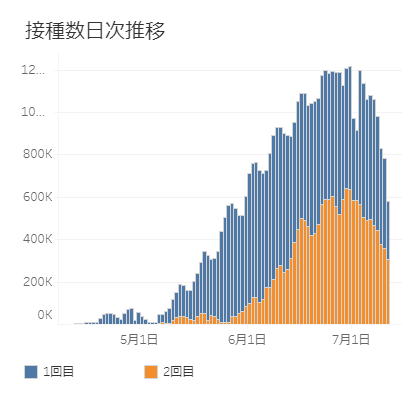On the eve of COP26, the UN Climate Conference in Glasgow, Scotland, the Japanese government took out a full page ad in the Japan times to talk about “beyond zero”, a series of events and initiatives related to Climate Change. It struck me that none of them were specifically about renewable energy, the essential ingredient for a carbon-free economy.
The title of “Tokyo Beyond Zero Week” already had me confused: It reminded me of the Toyota bZ4x, a battery electric SUV that is the first mainstream battery electric vehicle for the Japanese market that Toyota has announced. Toyota has become notorious for bucking the Battery electric trend by plugging hybrids and hydrogen fuel cells, despite hydrogen fuel from renewable sources being 3 times less energy-efficient than battery electric vehicles. The bZ4x is too little, too late when Toyota is telling potential customers that they should really be buying hybrids like the Prius or hydrogen fuel cell vehicles like the Mirai.
METI, the Japanese Ministry of Economy, Trade and Industry has been sponsoring vehicles based on hydrogen fuel cells using hydrogen made from Australian brown coal (lignite), with the resulting CO2 emissions sequestered using “carbon capture and storage” (CCS) and the hydrogen shipped to Japan in cryogenic tank ships developed by Japanese shipyards with METI funding. Essentially it’s a massive pork barrel project, designed to pay industry players to go along with a Rube Goldberg project that will not be economically viable. It’s a way of keeping ecological laggards such as Toyota and the huge Japanese shipbuilders and trading companies relevant. Some of the initiatives sponsored by METI are:
- LNG (Liquified Natural Gas) Producer-Consumer conference
- International Conference on Carbon Recycling
- International Conference on Fuel Ammonia
There is no place for LNG in a zero carbon economy. “Carbon Recycling” aka CCS is a fig leaf to keep burning fossil fuels. Ammonia may be a necessary fuels for ships and airplanes, but if it’s made from coal it won’t be green energy.
Why is the METI ad not talking about offshore wind and geothermal power, two of the most important energy sources for green baseload electricity? It’s because they are primarily concerned about creating and maintaining business opportunities for Toyota, trading companies making profits from fossil fuel imports and other companies wedded to the fossil fuel industry and not about how to get Japan ready for the zero carbon age.
I find this very sad. As a country with limited fossil fuel resources, Japan could become a prime player in the post-carbon era, developing new technologies to help other countries move beyond fossil energy sources. Japan has huge opportunities in offshore wind, onshore wind, solar and geothermal but its government has been largely turning a blind eye to them because those energy sources can not be controlled by its big trading companies. Likewise, its biggest automobile manufacturer is a laggard in battery electric vehicles which is determined to sabotage the switch to BEVs.

